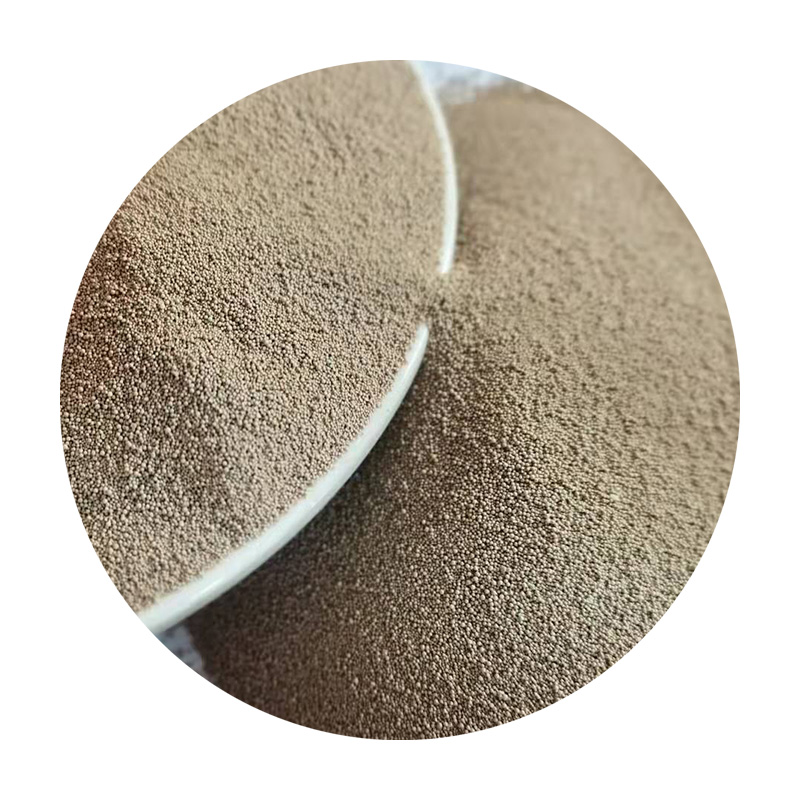The History of Sand Casting
Sand casting, one of the oldest and most versatile metal casting processes, has a rich history that dates back thousands of years. This technique involves creating a mold from sand, which is then used to produce metal parts. Its origins can be traced back to ancient civilizations, with evidence of sand casting found in various archaeological sites around the world.
The History of Sand Casting
As time progressed, the art of sand casting spread to other regions, particularly in Europe and Asia. The Romans, for instance, adopted and refined the technique, utilizing it to produce a wide range of products, including coins, armor, and household items. Their advancements in mold making and metalworking laid the groundwork for future innovations in foundry practices.
sand casting history

During the Middle Ages, sand casting continued to evolve. Skilled artisans, known as foundrymen, specialized in this craft, passing down their knowledge through generations. The introduction of new materials, such as iron, expanded the possibilities of sand casting, enabling the production of larger and more complex items.
The Industrial Revolution in the 18th and 19th centuries marked a significant turning point for sand casting. The demand for mass-produced goods led to improvements in efficiency and scalability. Foundries began using mechanized processes, allowing for higher production rates and more consistent quality. Innovations such as bentonite clay to improve mold strength and the introduction of core making techniques further enhanced the capabilities of sand casting.
In the 20th century, the advent of new technologies transformed sand casting even more. The introduction of computer-aided design (CAD) and advanced simulation software has allowed engineers to optimize designs and predict outcomes more accurately. Additionally, the development of green sand and other environmentally friendly materials has made sand casting a more sustainable option in modern manufacturing.
Today, sand casting remains a vital manufacturing process, used in various industries including automotive, aerospace, and art. Its historical roots, combined with ongoing technological advancements, ensure that sand casting will continue to play a crucial role in the production of metal components for years to come. The journey of sand casting from ancient techniques to modern applications showcases the enduring relevance and adaptability of this remarkable process.
Post time:Sep . 15, 2024 01:51
Next:sand casting foundries
